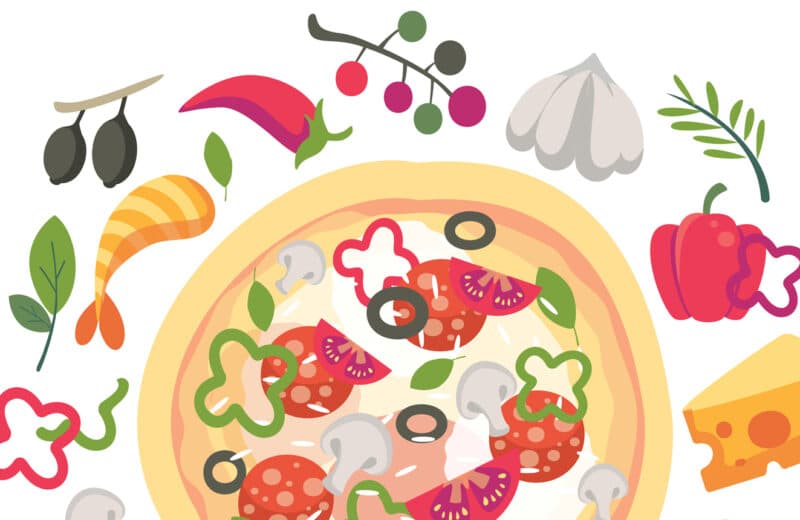You don’t need be a bodybuilder to pay close attention to your protein intake. This macronutrient is required for the structure, function and regulation of the body’s tissues and organs, including muscle and bone. And these days, there’s been increased interest in how dietary protein affects things like satiety and weight loss. Increasingly, a lot of emphasis has been placed not just on the quantity of protein we eat, but also on the quality. It’s true, not all protein is created equal.
Let’s start with a little nutrition lesson. Proteins are composed of amino acids — 20 of them in total. Non-essential amino acids are ones that your body can make, while the 9 essential amino acids are ones that you must get from your diet since the body lacks the machinery to produce them. Protein sources that contain a full set of the essential amino acids are considered “complete” proteins and are particularly effective at maintaining and building muscle tissue, something that is essential as we age.
Animal products, such as poultry, dairy, eggs and seafood, tend to be complete proteins, but there are also a handful of plant-based options as well, including soy, quinoa, hemp hearts, buckwheat and chia seeds. Foods like beans, corn and nuts are “incomplete” since they lack one or more of the essential amino acids. They definitely aren’t devoid of nutrition, but the biochemical reality is that they simply don’t provide all the amino acids we need.
To turn on and maximize protein synthesis in the body, you’ll want all the essential amino acids to be available in sufficient quantity at most of your meals. A sudden spike in the amount of essential amino acids in the blood appears to kick the body into a protein-making mode. This is easy when you prioritize complete protein foods when eating your meals and snacks. But you can absolutely get the essential amino acids you need from incomplete plant-based proteins as well; you just need to put a little more thought into your menu.
The key is to combine complementary plant proteins in order to create a “complete” protein. For instance, legumes supply the essential amino acid called lysine, which is low in many grains. But whole grains provide methionine, which is low in many beans and lentils. So serving up a black bean, brown rice salad for lunch will give your body a good dose of complete protein.
Besides, it’s not a great idea to rely solely on animal-based foods for all your complete protein needs. A large study in a recent issue of JAMA Internal Medicine found evidence that plant proteins are more protective against cardiovascular disease than animal proteins, especially processed red meats. Complete plant proteins such as quinoa and edamame deliver heart-healthy items like fiber and antioxidants not found in steak and chicken.
With all this said, don’t fret too much about keeping an eagle-eye on your protein intake. If you eat a well-balanced diet that finds room for a variety of whole-food-based complete and incomplete proteins during the day, you should get all the amino acids that you require without needing to spike your oatmeal with protein powder.












